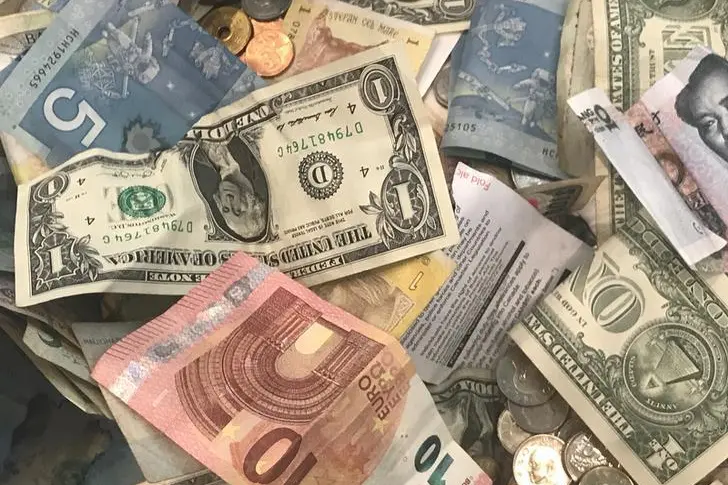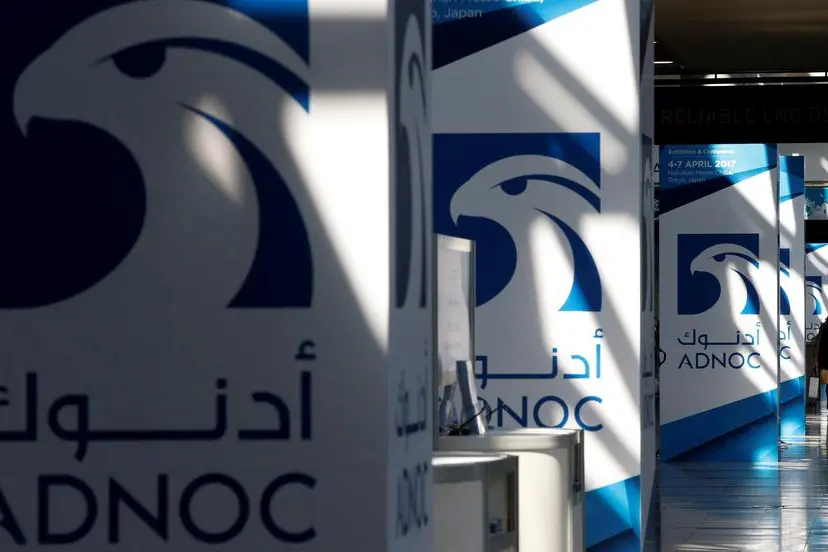PHOTO
NEW YORK - The effective demise of the tainted London Interbank Offered Rate (LIBOR) next month and the switch to the risk-free rate has renewed concerns about the potential negative impact of the new measure on bank balance sheets in times of financial stress.
The transition to the Secured Overnight Funding Rate (SOFR) has been well-telegraphed for years and U.S. banks are mostly prepared for the new rate regime.
But LIBOR's permanent shutdown on June 30 comes on the heels of a destabilizing outflow of deposits at the nation's mid-tier banks.
The main beef against SOFR is it has no credit component and tends to fall when markets experience a financial crisis, or the economy tips into recession, that could prompt the Federal Reserve to cut the fed funds rate - the benchmark for all risk-free rates including SOFR.
SOFR measures the cost of borrowing cash overnight, collateralized by safe U.S. Treasuries in the repurchase (repo) market.
About 95% of U.S. loans are tied to SOFR. LIBOR, on the other hand, includes a credit risk element, representing the uncollateralized cost of borrowing by a bank, and in times of financial stress tends to rise.
Analysts said a drop in SOFR could pressure returns on loans, classified as assets, tied to it, just as lenders' cost of funding increases.
Typically in a crisis, the cost of bank funding rises: rates on commercial paper and bond issuance increase as investors demand a premium to buy bank debt. That potentially hurts banks' balance sheets and constrains lending to the broader economy at exactly the wrong time.
This was highlighted by the New York Fed in a study released in December 2022 and updated last February. "Banks are going to be more exposed with SOFR lines of revolving credit because borrowers, in a crisis, will be able to borrow at a very low rate when SOFR goes down," said Darrell Duffie, professor of finance at the Stanford Graduate School of Business and a co-author of the New York Fed study.
"When corporations borrow under revolving lines of credit at a low rate during a crisis, the banks will have to fund those borrowings at a time when bank funding costs are going way up," he added. In 2019, several regional banks sent a letter to U.S. regulators, warning that the transition to SOFR could adversely affect loan extension.
The assumption was if SOFR falls, commercial borrowers would tend to hoard liquidity by drawing on their lines of credit. Revolving lines of credit make up the largest share of bank lending to corporations at 59%, Duffie said. Bank funding costs have increased with the surge in interest rates since the Fed began tightening last year.
Banks though were slow to raise deposit rates, still the cheapest form of funding, even as the fed funds rate surged from zero to the current 5%.
They were able to offset deposit outflows, sparked by customers seeking higher yields on their savings, by expanding other forms of more costly borrowing by $800 billion since the start of the tightening, a recent New York Fed study said.
SOFR AN ADMINISTERED RATE?
Even with the regional bank problems, SOFR has remained stable, currently holding at 5.05%. Some believe that is not about to change. "I wouldn't expect SOFR to move outside the Fed's policy rate even in a recession," said Rob Mangrelli, managing director at global risk management firm Chatham Financial. "It's effectively a policy rate and so the Fed has tools to keep SOFR within a certain bound."
To be sure, the Fed does not require banks to use SOFR for loans, Duffie said. There are three credit-sensitive alternatives which banks can use: Axi, AMERIBOR, and BSBY. But these benchmark rates are not widely used and have very little liquidity.
Up to now, analysts said, there has been no massive blowout in spreads between the credit-sensitive rates and SOFR, even as banking turmoil over the last few months spurred flight-to-quality buying that might have pushed SOFR lower relative to the other rates.
A widening spread suggests panic. Instead, the spread between SOFR and the higher credit-sensitive rates actually narrowed. "Ultimately, there has been a lot of work for banks to switch over to the new rate," said Monsur Hussain, head of financial institutions research, at Fitch Ratings in London.
"The transition has largely taken place and the rates on SOFR have risen in tandem with policy rate increases."
(Reporting by Gertrude Chavez-Dreyfuss; Editing by Alden Bentley and Andrea Ricci)























